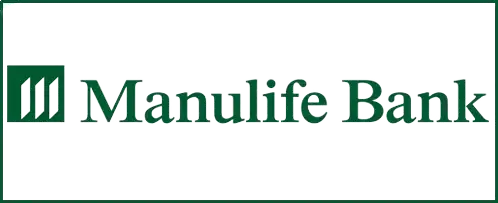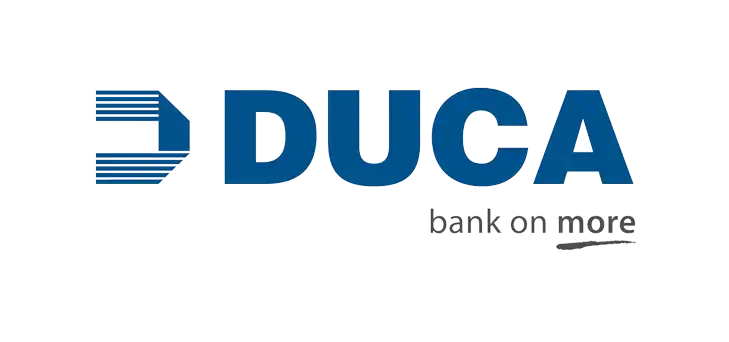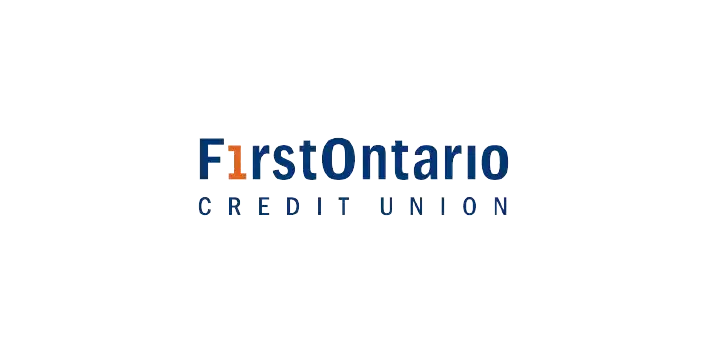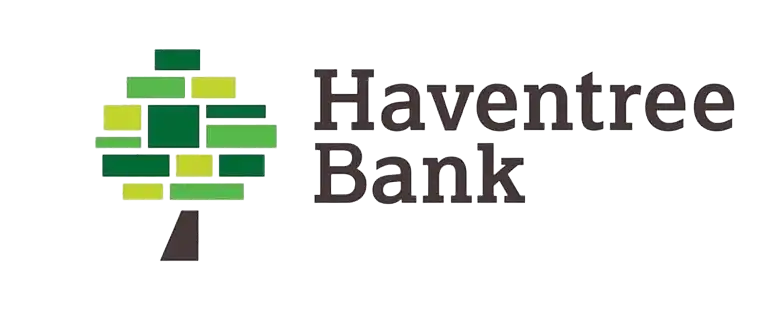Ensuring your lender has all the necessary documents to verify your income is a crucial step in achieving mortgage approval. Last-minute document searches can add unnecessary stress, so it's best to start collecting these verification materials as early as possible based on your income type. Here's what you need:
Self-Employed Income: If you're self-employed, furnish two years of notices of assessment, a copy of your business license or registration, articles of incorporation (if applicable), and your T1 general tax returns for the past two years. Additionally, include the last two years of accountant-prepared financial statements if your business is incorporated.
Commission, Contract, Part-Time, Hourly, or Seasonal Income: For these types of income, you'll need a company letter describing your role and responsibilities, along with a pay stub demonstrating your income. As consistency is vital, include your last two notices of assessment or T4 slips. If you're on contract, provide a copy of your contract and any renewals.
Full-Time Salary Income: If you receive a full-time salary, the proof of income required is straightforward. Gather a recent pay stub and obtain a "letter of employment" from your employer on official letterhead. This letter should confirm your job position, annual salary, and how long you've held this position. If you're a new employee, be prepared for the lender to verify that your probationary period has ended. If you receive commissions or bonuses, provide the last two notices of assessment to illustrate your additional earnings.
Low or Difficult-to-Prove Income: If your income is low or challenging to verify, consider making a larger downpayment or demonstrating an excellent credit history, as this can strengthen your application.
Remember to account for other sources of income, such as child support or pension income. For child support, provide the separation/divorce agreement and three to six months of bank statements showing the payments, which should constitute less than 30% of your total income. If you receive pension income, this can also be significant.
For specific situations, like permanent disability or maternity leave, gather the necessary documentation. For permanent disability, obtain a letter confirming your permanent status and bring along a paystub. If you're on maternity leave, some lenders may consider your full employment income if you can provide a letter of employment confirming your intention to return to work within a year.
If it turns out that your income isn't sufficient to qualify for the desired mortgage amount, you can explore the option of having a family member go on title with you to use their income to help you qualify.






























